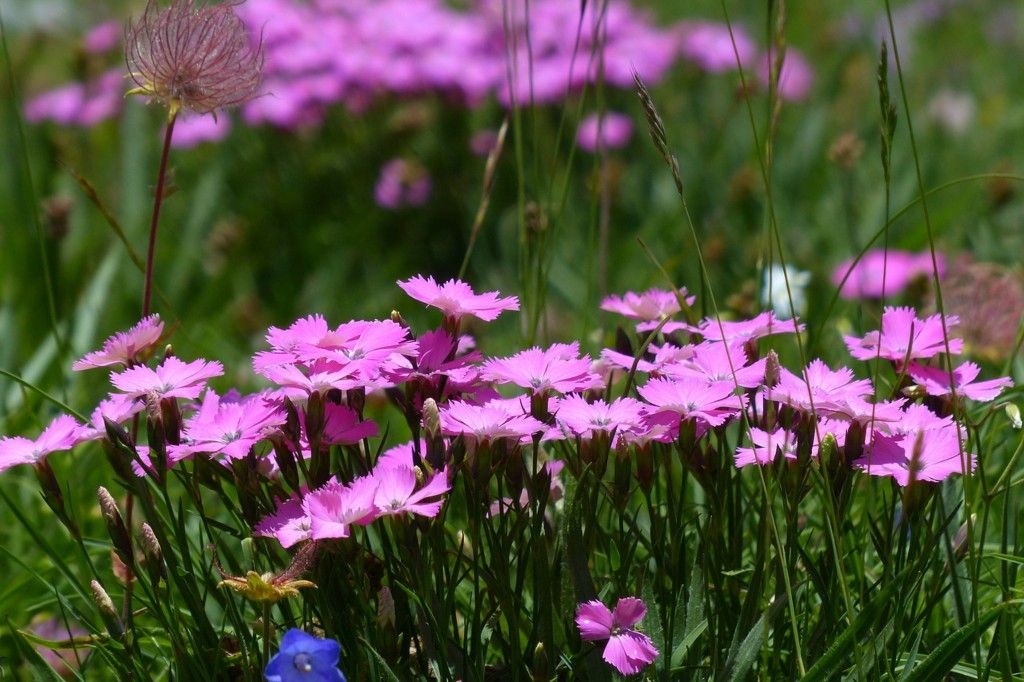Following is a quote from Marta McDowell describing Beatrix Potter’s garden:
“She is pleased with her Pinks, small carnations with their zigzag edges and gray-green stems. They are perfect for her cottage garden, antique flowers beloved of the English since the sixteenth century. In fact, the color pink was named for the flower, not the other way round. The word ‘pink’ originally meant to pierce or perforate, in the same way that pinking shears cut a decorative edge on fabric. [Beatrix Potter] had a great bed of pinks in her garden, and they reminded her of Benjamin Bunny. Their grey leaves formed a tight mat at the edge of the stone path at Potter’s home, which was called Hill Top. The Sweet William, cousin to the Pinks, were from her cousin Edith’s garden at Windermere. ‘The best thing about sharing plants,’ Beatrix said, ‘is that they always bring the giver to mind.’” [End of Quote.]
A shy child, Beatrix Potter found an outlet in writing and drawing children’s books, but she worried that rabbits and vegetables were not colorful enough, so she added flowers to her drawings for color. Her publisher was F. Warne and Co., and her project manager was the owner’s son Norman. Beatrix and Norman were engaged for one month before he died in 1905. Less than two months later she bought Hill Top farm in the Lake District of England and discovered, as many have done, that gardening eases grief.
This is Moya Andrews, and today we focused on Potter’s Pinks.
McDowell, Marta (2013) “Beatrix Potter’s Gardening Life” Timber Press Inc. Portland, Oregon Page 206.










